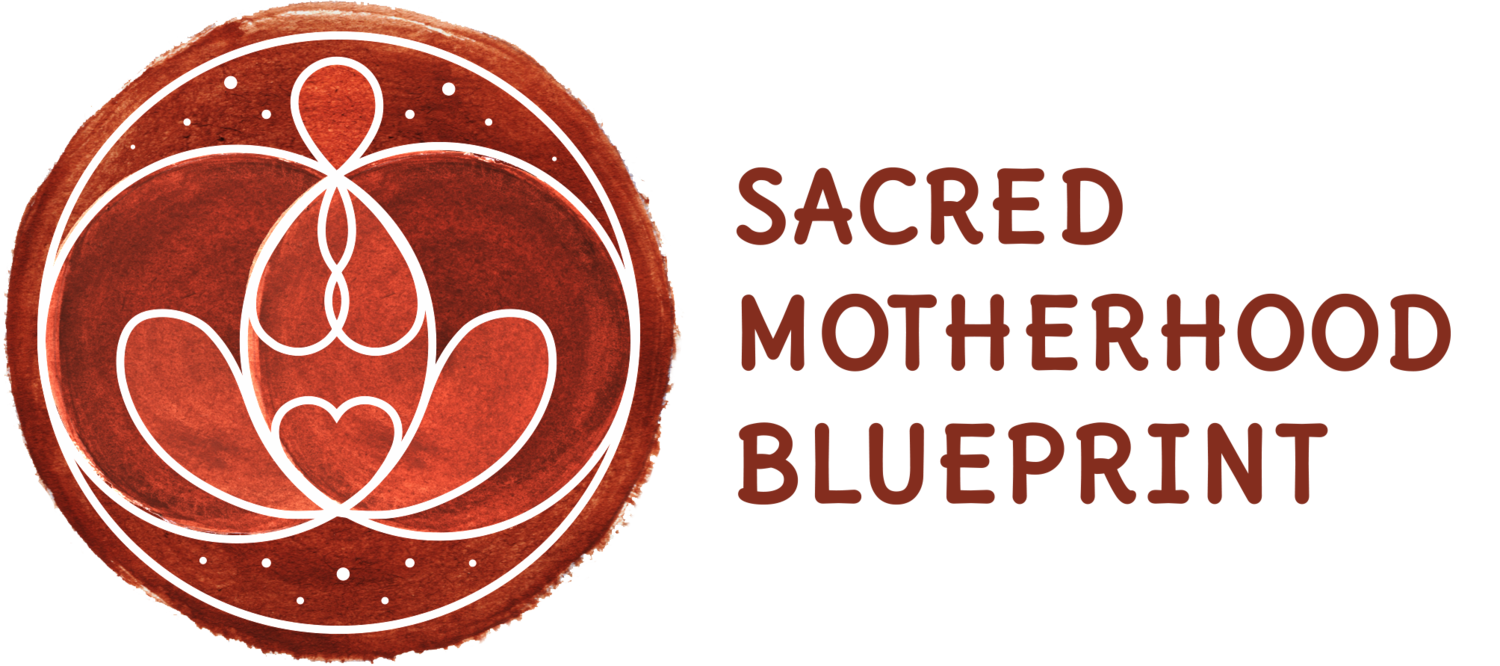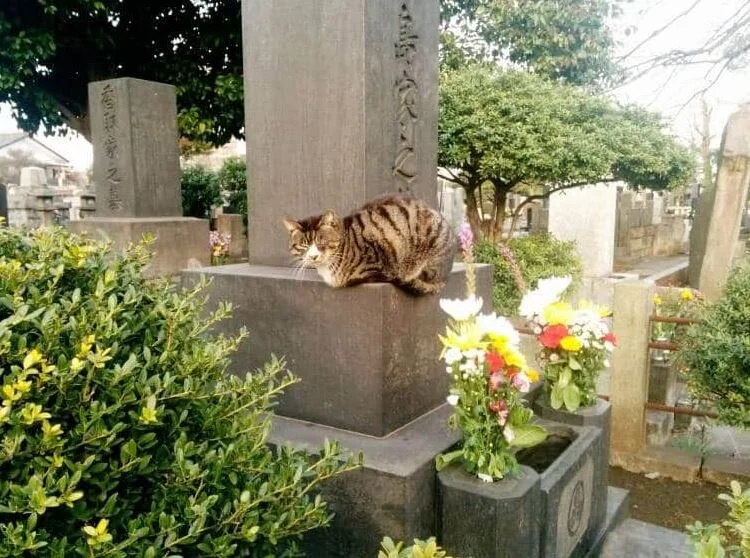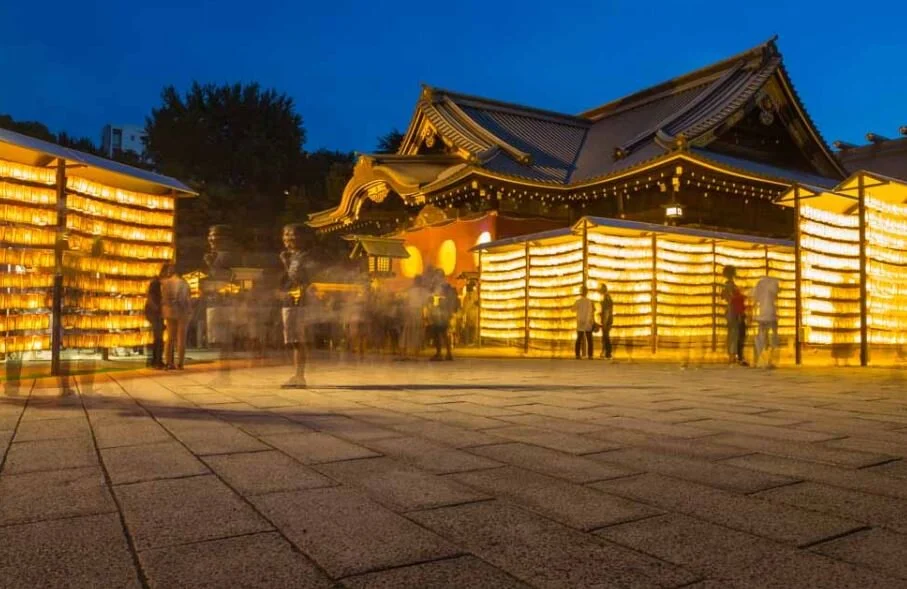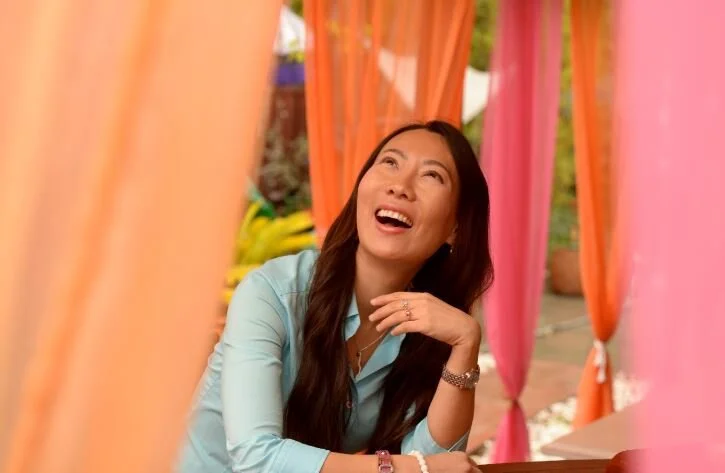Conversations with my parents about death and our Japanese lineages
I had been having poignant conversations with my mother all day about death. I asked her to tell me stories about the family gravesite we would visit as a child, and if she would like to be buried there when she one day leaves her body.
I had always known it was a special place, but on this day, I learned how very special it is. She shared with me that seven generations of my matrilineal line before her rest in Yanaka Cemetery in Japan. The cultural view of death and ancestral reverence in Japan is different from that of many western viewpoints, where we celebrate our ancestors every year in what also happens to be a national week-long holiday.
The rituals surrounding death are extraordinarily intricate and aesthetic. The resting ground of my matrilineal ancestors happens to be a sprawling 25-acre scenic garden of profuse foliage in the spring with its dense overhanging branches of bright cherry blossoms. In autumn, the gingko trees come alive in its bright yellow as if to wink goodbye to the summer.
Yanaka Cemetery was once the gravesite of Tennoji Temple where the famous Sakura-dori ("Cherry Blossom Lane") served as the entrance to Tennoji. In 1935, its name changed to Yanaka Reien, which literally translates to “Yanaka Spirit Park.” It also happens to be the final resting place of Japan's last shōgun, Tokugawa Yoshinobu. Others who rest here include scholars, artists, artisans, poets, authors, scientists, singers, sportsmen, actors, politicians, and military luminaries.
Famous among them is the novelist Ichiyo Higuchi who appears on Japan’s 5,000 yen currency. The cemetery has its own police station and a small walled enclosure dedicated to the Tokugawa clan, a family of the 15 Tokugawa shōguns of Japan. I remember how as a child, every summer, we would visit this grave: clean it, bring flowers, light incense and pay homage to the monk who oversees the burial grounds. I asked myself why this tradition slowly disappeared from my life as I grew older?
My mom proudly said to me, "My parents, grandparents, great grandparents, great, great grandparents all rest in that one place."
On the spring and autumn equinox respectively (shunbun no hi and shubun no hi), people visit the cemetery to spend time with those that have walked before them. I imagined myself too (if I ever choose to be laid to rest there one day) laying there cozy with my eight generations of ancestors around me, with Japan's last shōgun somewhere nearby. It adds a sort of strength and comfort to the very transient and ephemeral nature of human life.
I thought about my dad, who after my brother passed seven years ago, refused contact with me over the years and it broke my heart. He was broken too. I think about how he finally reached out to me for the first time in seven years this week, and how in his frailty I realized how important it is for me to hear his stories and connect to his ancestors too. In the few days since we began to reconnect, he shared stories with me of his own ancestors. His great grandfather, a wealthy businessman from the northern island of Hokkaido had given up all his earthly possessions to spend the last years of his life as a Buddhist monk on a pilgrimage around Japan. At the end of his earthly life, he dug a hole in the ground where he went into meditation until he transitioned with the goal of returning to the earth. My father’s father had famously opposed Japan’s involvement in WW2. “Our ancestors have a knack for going against the establishment,” he laughed, “and it makes me happy when I see it alive in you too.” My parents had not spoken for half my life and that week, my dad told me how grateful he was to my mother for birthing me.
The healing balm of my ancestry enveloped me in a teary glow.
Ancestral reverence and healing have grounded me in all aspects of my life on a professional, personal, emotional and psychospiritual level. There is a multitude of reasons to invite this work into one’s life as ritual and way of being: personal and family healing, protecting your children from certain traumatic legacies, preparing for death, cultural healing, and recovery, or asking for guidance like we would our living family members and mentors.
Our etheric footprint is as valid as our carbon footprint.
How do we become better partners, parents, friends, family members and contributors to society, thereby transforming our global ecology? How do we learn to clean up after ourselves?
Our ancestral traumas incorporate culturally reinforced ways of being, which include collective toxins like racism, colonialism, sexism, exploitative economic systems, addictions, and criminal activity. These unseen facets can make it easy for us to believe that their far-reaching toxicity are not shaping our ways of relating and expressing ourselves in the world. How do we transform the residues of colonialist, reductionistic imprinting? I ask myself this question all the time as an educator in a colonized locale with an indigenous population.
The path of ancestral reconnection can help us see the cultural origins of the ways in which we have struggled. They can help us with our current relationships with living family members. They help us come to peace with death and all the various transitions through life. They help us build a foundation that is life-affirming. Modern-day living is not always kind to our nervous systems. Staying focused on the present through connecting to my past has been more centering than any other pursuit I have undertaken to date, giving me firm ground to stand on in knowing why I am here today.
I told myself that when I next visit Japan, I would take my son to pay homage to our ancestors there. When I think of the seven generations of ancestors behind me in that one place, and their roles in why I stand here today, I begin to understand the very depth of its importance in my life. I think about the strength of the ancestors who stand behind my son, and how important it will be for me to share these stories with him, and teach him to be open to their guidance as he walks his own path in life.
Kumi Iida is an educator and author. She has a Bachelor in Comparative Culture, a Master's degree in Economic and Political Development and is currently in a Culture-Based Education Teacher Training program with a Hawaiian organization. She is a Middle School English and Social Studies teacher at a Charter School in one of Hawaii's poorest districts, where her passion is grounded teaching/learning in colonized indigenous areas that have been dominated by the Eurocentric educational model. She is particularly interested in how culture mediates the relationship between the education one receives and its implication on achievement or behaviors like self-esteem, student engagement, cultural identity, as well as family and community connections. She believes that learning becomes meaningful to students and their families when their culture and sense of place are embedded in their development, with respect to their heritage language, family and ancestry (a mostly absent discussion from mainstream educational discourse). She authored the book, “The Sacred Path of Eco-Consciousness: Healing our Culture of Discontent” and is currently in an Ancestral Lineage Healing Intensive with Dr. Daniel Foor.
You may learn more about her at www.aliceiida.com.







